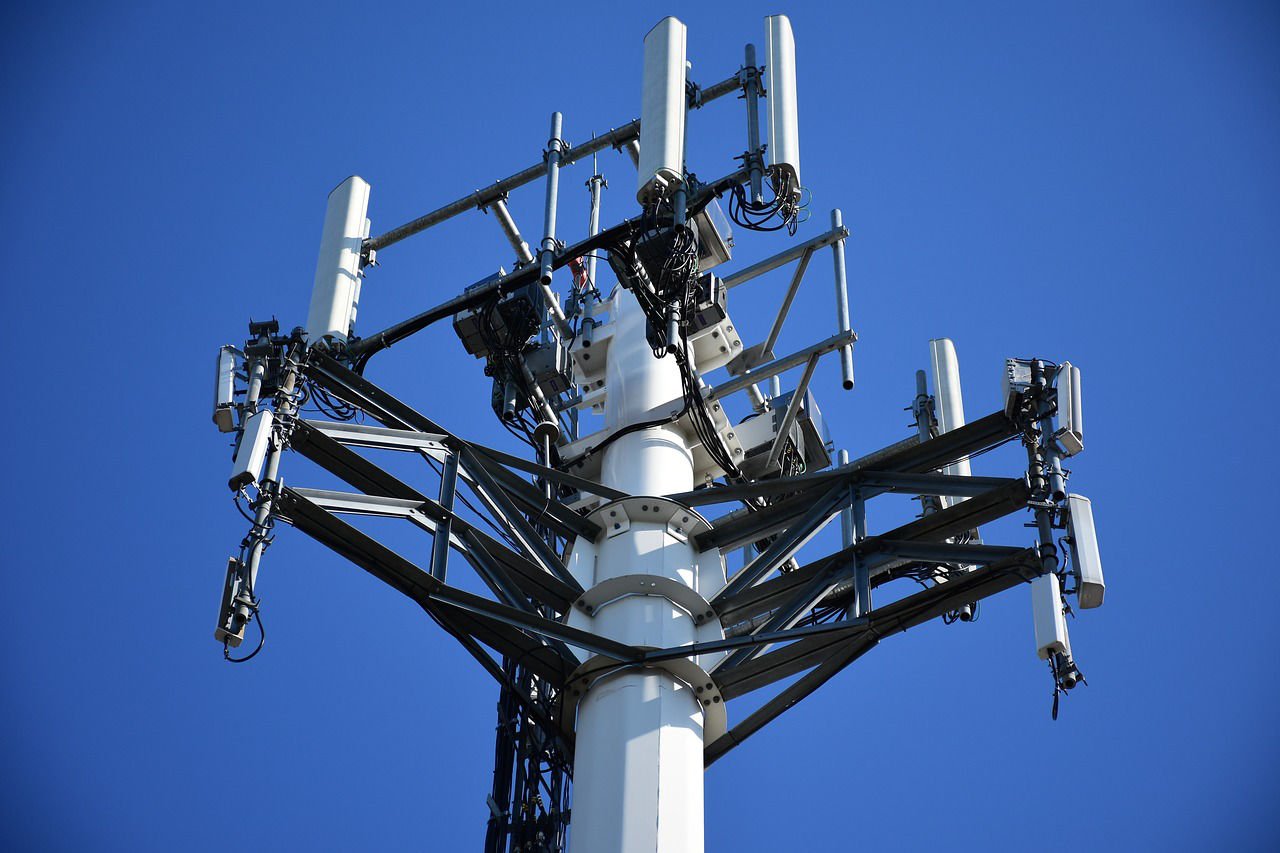Yesterday we reported on the Federal Communication Commission’s (FCC) plans to allocate $9 billion to assist rural 5G rollout. It appears that decision was motivated by an investigation showing that Verizon, T-Mobile and US Cellular exaggerated the extent of their 4G LTE coverage.
The investigation resulted from complaints in 12 states that the three carriers’ coverage was not as good as advertised. FCC staff drove nearly 10,000 miles testing wireless signals on Samsung S9 smartphones.
“Only 62.3% of staff drive tests achieved at least the minimum download speed predicted by the coverage maps—with U.S. Cellular achieving that speed in only 45.0% of such tests, T-Mobile in 63.2% of tests, and Verizon in 64.3% of tests,” the report says. “Similarly, staff stationary tests showed that each provider achieved sufficient download speeds meeting the minimum cell edge probability in fewer than half of all test locations (20 of 42 locations). In addition, staff was unable to obtain any 4G LTE signal for 38% of drive tests on U.S. Cellular’s network, 21.3% of drive tests on T-Mobile’s network, and 16.2% of drive tests on Verizon’s network, despite each provider reporting coverage in the relevant area.”
There is more at stake than mere inconvenience, however, as the report goes on to highlight.
“The Commission and the public must be able to rely on the deployment data that providers submit to the Commission. Inaccurate data jeopardize the ability of the Commission to focus our limited universal service funds on the unserved areas that need the most support.”
In other words, if coverage maps show an area has excellent wireless reception, the FCC is unlikely to green-light funds to improve coverage in that area. Therefore, areas that inaccurately display coverage could end up being denied funds they desperately need.
The FCC proposed a number of remedies, including penalties for carriers that overstate coverage and appropriations from Congress to cover the expense of having manual driving checks to verify signal.
Hopefully, whatever the FCC decides will help resolve the issues wireless customers have experienced for years—where what they pay for doesn’t always match what they were promised.







 WebProNews is an iEntry Publication
WebProNews is an iEntry Publication